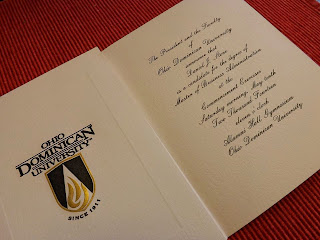September 25, 2014- Tokyo, Japan:
Today, McDonald's in Japan announced its plan to have a
black burger to rival competitor, Burger King. Last week, while on international travel in Japan, I had the opportunity to take in the Japanese's version of Burger King. I am happy to report that the standardization of Burger King's char-grilled beef patties are consistent, whether you are eating at a Burger King in my hometown of Taylors, South Carolina or my wife's hometown of Tokyo, Japan.
As it turns out, the Japanese currently have a preference and taste for a "Black Burger". That is, a burger that is char-grilled to a well done like normal but with the unusual caveats of cheese that tasted like regular American cheese but had a blackish appearance. The burger I had came with a teriyaki-like sauce known as Shalyapin Sauce. which pretty much has made its way into the average American's every day diet. Also, I'm sure that we all have had pumpernickel bread at one time or another in our past, and the bun for this "Black Burger" was something along those lines.
In Japan, they were offering two "Black Burgers". One offered lettuce, tomato slices, onions, and mayonnaise with the Shalyapin Sauce which is the one that I went with. The other didn't offer the toppings.
All and all, the "Black Burger" from Burger King was tasty, came with fries that you would find back home at your neighborhood Burger King. The promotional for this burger was a Coke Zero which was the beverage as well.
A tad on the small side which is consistent with most American fast food eateries when implemented in Japan, I was glad that I broke away from my "sushi at least once a day" routine to take in this unusual offering from restaurant that I grew up with.
I recommend that Burger King in the US offers this "Black Burger". It would be a great way for the stagnant eatery to differenciate itself from the competitive scrum while remaining true to the one thing that Burger Kings does best-- chargrilled beef patties without firing up the grill in the backyard. Have it your way? How about have it Godzilla's way!
Black Burger set on September 25, 2014 in Tokyo, Japan. From left to right: Coke Zero, Black Burger in it's wrapping paper, and fries.
The Black Burger unwrapped with the blackish cheese revealed. Picture was taken on September 25, 2014 in Tokyo, Japan.
The Black Burger unwrapped with the blackish cheese revealed. Picture was taken on September 25, 2014 in Tokyo, Japan.
The size of the Black Burger wasn't huge by any stretch of one's imagination. However, it was filing. Picture was taken on September 25, 2014 in Tokyo, Japan.
A friendly Tokyoite didn't mind taking a picture of me holding the Black Burger during a lunch rush. Picture was taken on September 25, 2014 in Tokyo, Japan.
The Black Burger came with a decent amount of lettuce, two tomato slices and a healthy dab of mayonnaise. Under the cheese was a teriyaki like sauce. Picture was taken on September 25, 2014 in Tokyo, Japan.
Towards the back end of the Black Burger, the toppings were scarce, however, I was not hungry after completing this set. Picture was taken on September 25, 2014 in Tokyo, Japan.
The Black Burger came in a black wrapper with the similar markings found in the US for those that have to have it "their way". Picture was taken on September 25, 2014 in Tokyo, Japan.
The Black Burger by Burger King debuted in Japan on Friday, September 19th, 2014. I went to Burger King the following day during the breakfast rush and wasn't able to get the Black Burger since it doesn't get served till 10:30am. However, all meal trays come with this paper advertising the the "Kuro Diamond", top left and the "Kuro Pearl", bottom left. To the far right, is a discription of all the components of the burger that are black. Picture was taken on September 25, 2014 in Tokyo, Japan.
I had the Kuro Diamond which I point out in this picture. Picture was taken on September 25, 2014 in Tokyo, Japan.
Here's a close up of the Kuro Diamond advertisement. Picture was taken on September 25, 2014 in Tokyo, Japan.
The other Black Burger was the Kuro Pearl. It was heavy on the sauce and light on the toppings which was the reason I went with the other one. Picture was taken on September 25, 2014 in Tokyo, Japan.
The components of the Black Burger are explained in this photo. From left to right are pictures and explanations in Japans of the black bread, black cheese, black patty, and black sauce.
The Divine Wind Vault
http://divinewindvault.blogspot.com
(C)2006-14

